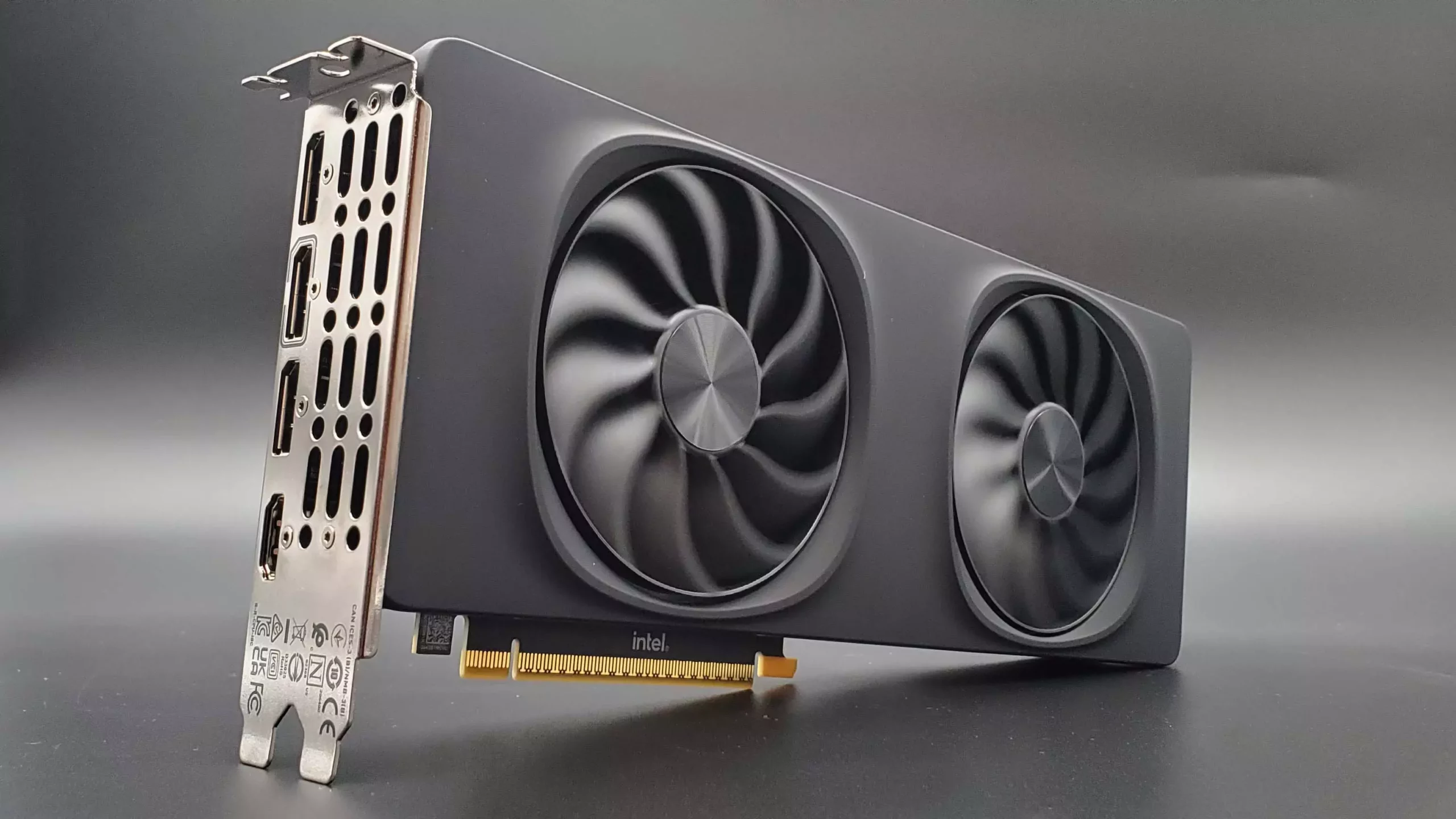The gaming hardware industry thrives on innovation and the constant pursuit of performance. Intel’s latest endeavor, the Battlemage series of graphics processing units (GPUs), has captured attention with whispers of a new variant – the G31 GPU. Speculation points to the possibility of a game-changing graphics card retailing around the $400 price tag, igniting enthusiasm among gamers who are always searching for value in performance. The fierce competition between the giants of the GPU market, specifically Nvidia and AMD, faces a challenge should this rumor materialize. However, as exciting as these rumors are, reality checks are essential.
Decoding the Hype: What We Know So Far
Initial reports indicate that the G31 GPU is part of a new shipping listing uncovered by an observant user on the data tracking website, NBD. This new component sits within the hierarchy of Intel’s Battlemage offerings, which currently include the B580 and B570 GPUs that utilize the BMG-G21 architecture. With 32 execution units (EUs) reportedly at the core of the G31, early estimates suggest a performance boost of around 50% when compared to its predecessor, the B580, which operates with 20 EUs. If accurate, such enhancements could set the G31 on equal footing with Nvidia’s anticipated RTX 5070 or AMD’s Radeon RX 9070 – a tantalizing thought for budget-conscious gamers hoping for cutting-edge technology without breaking the bank.
However, the mere availability of G31 GPUs cannot be mistaken for a confirmed launch. Intriguingly, previous leaks hinted at potential cancellations for the G31 variant last year, further complicating predictions about Intel’s plans. It is important to tread carefully while interpreting these developments; as impressionable as the shipping documents can be, they also indicate research and development placements rather than a signal for impending retail availability.
The Competitive Landscape: Timing is Everything
The looming question for Intel now revolves around timing. With each passing day characterized by significant releases from Nvidia and AMD, Intel’s window to introduce the G31 before being overshadowed considerably narrows. If Intel harbors ambitions of entering the market with this GPU, launching after 2025 would be a strategic misstep. By then, competitors will likely have forwarded their own technology well into the $500 GPU segment, raising both consumer standards and performance expectations.
Intel’s history in the graphics space has not been without its challenges, and any delay could result in the G31 missing the opportunity to generate meaningful interest and market impact. Innovation does not exist in a vacuum, and the ongoing battle for supremacy in the GPU market requires strategic agility alongside effective engineering.
Potential and Pitfalls: The B580’s Legacy
Enthusiasm surrounding the G31 isn’t merely speculation. Underneath the B580’s surface lies an unprecedented level of performance that, coupled with Intel’s notable pricing strategy, positions it as a serious contender in the realm of ray-tracing and upscale technologies like XeSS. The reputation Intel is establishing with the B580 could serve as a springboard for the G31 if released in a timely and appropriately priced manner.
If Intel can align the G31’s capabilities and pricing structure to undercut the RTX 5070 while cementing its performance similar to that of said competitor, it may provoke a shakeup in market dynamics. However, this enthusiasm must be tempered with caution. Intel’s existing GPUs have faced practical challenges in consumer adoption due to software compatibility and performance reliability in demanding scenarios.
A Cautious Optimism for Gamers
The allure of a G31-based graphics card promises hope for those who yearn for an affordable gaming solution that does not compromise on capabilities. Yet caution must prevail – while every new rumor fuels excitement, the reality remains fraught with uncertainty. Will Intel rise to the occasion and deliver a transformative product in a saturated market, or will the anticipated G31 join the ranks of aspirational projects, never to see the light of day?
As gamers, investors, and tech enthusiasts patiently await more definitive news, we are reminded that the promise of technological advancement comes with the complexity of industry dynamics. Our fingers are crossed for Intel; let’s see if their next chapter redefines the GPU landscape or becomes an anecdote of missed opportunities.

